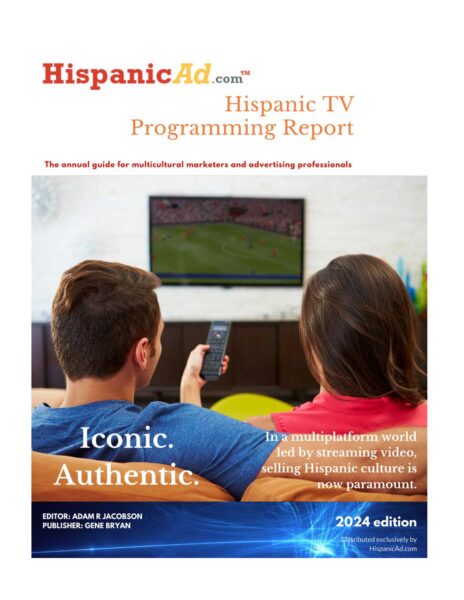It’s OK to Admit you Didn’t see Major Digital Changes Coming.
February 22, 2013
Telling folks heavily invested in the status quo that their world has changed overnight in surprising ways — and that they need to change with it — is no easy task. It’s even tougher when the changes these folks need to implement are risky, in uncharted waters with no proven industry best practices to follow. It’s tougher yet when those folks pay you a lot of money to represent their interests, including predicting future market conditions, and the changes that occurred surprised nearly everyone, happening faster and differently than you had told them they would. Sound familiar? Welcome to the world that many media agencies live in today.
Media and advertising have changed dramatically over the past few years, reshaped by digitization, computer networking and audience fragmentation. Unfortunately, the changes haven’t – and aren’t – happening in a slow, predictable, linear manner that would set up well for adaptation through slow, incremental changes to status quo approaches. In fact, all this change have actually made foundational business practices obsolete in ways that you and many in the agency world and market at large didn’t predict at all.
Media exposures are no longer a scarce commodity, since digital distribution of content is now plentiful. Panel-based measurements are now only directional signposts in media, and are apples to the oranges of directly measured digital metrics. Media expenditures can now all be measured on an ROI basis, so basing success on comparisons to last year’s CPMs is no longer enough. In the past, having the right relationships and partnerships used to guarantee success. Today, however, legacy relationships mean little if they can’t deliver the best media value in the market, even if they still provide great hospitality and entertainment.
How do you help your clients accept change and make some big leaps forward for the future, when it’s a future they didn’t expect and aren’t really that excited about? It’s not easy. A key challenge in this scenario, as a longtime agency executive recently told me, “is to make clients smarter without making them feel and look dumb.” It’s hard for many in the industry to change when the actions required might make it look as if they’ve been asleep at the switch while the media world changed around them.
To accept and implement big changes in media, folks need to start by recognizing that it’s no one’s fault. Some may have forecast the changes, but no one anticipated the exact media world we have today. Advice given, expenditures made, opportunities missed are water under the bridge.
People who take action will be judged more for what they did after recognizing the need for change rather than having been momentarily wrong in their predictions of the future. Back in 1995 at a newspaper industry conference, I asked John Curley, then CEO of Gannett, what he thought about the Internet. He said that he thought, “The Internet will be the CB radio of the 1990s.” Clearly, he was wrong. Fortunately, he figured that out very quickly, and within months had authorized major, corporate-wide Internet investments, including tens of millions of dollars to establish USAToday.com as one of the world best news properties on the Web. His tenure as CEO will always be marked by aggressive and proactive investments in digital media.
By Dave Morgan
Dave Morgan is the CEO of Simulmedia. Previously, he founded and ran both TACODA and Real Media.
Courtesy of MediaPost































